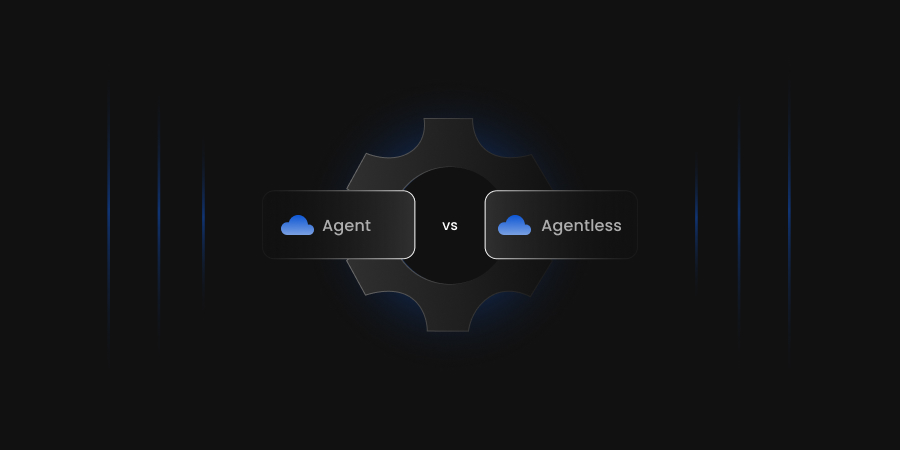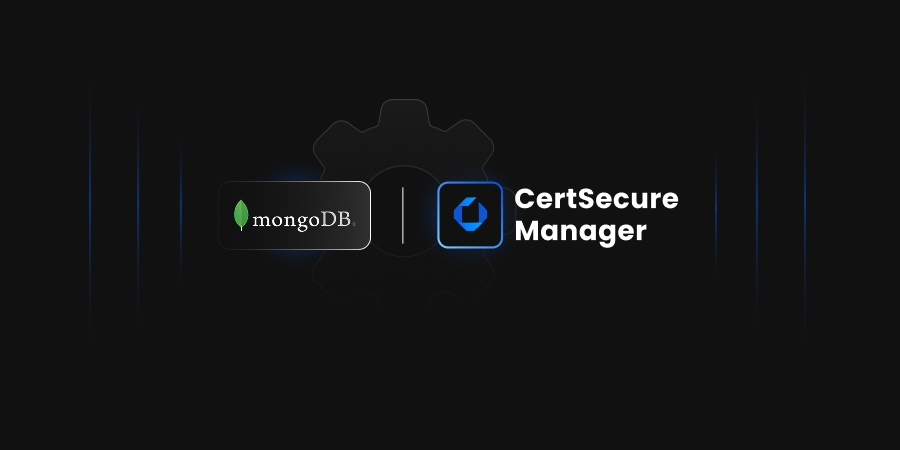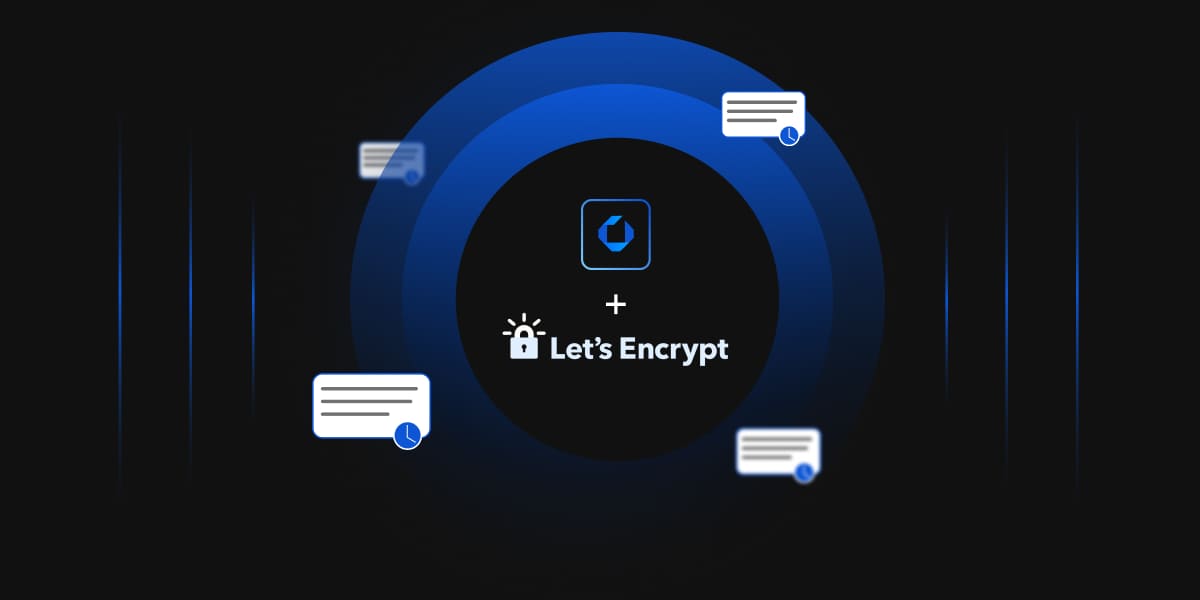What is a Wildcard Certificate?
A wildcard certificate (like SSL/TLS) is a public key certificate that can protect several subdomains inside a domain and is usually acquired from a trustworthy public Certificate Authority (CA).
Multiple subdomains for your website can benefit your business, but they can also be challenging to manage. Multiple SSL/TLS certificates to secure those subdomains increase their complexity, but a wildcard certificate can efficiently resolve this issue.
Compared to managing individual certificates for your subdomains, a Wildcard certificate can save you time and money.
The domain name is prefixed by an asterisk and a period in wildcard notation. Wildcards are frequently used in Secure Socket Layer (SSL) certificates to extend SSL encryption to subdomains. A traditional SSL certificate is only valid for a single domain, such as www.domain.com. A *.domain.com wildcard certificate will also protect cloud.domain.com, shop.domain.com, mobile.domain.com, and other domains.
Why Should You Use Wildcard Certificates?
Wildcard certificates are easier to use as they allow organizations to use a single certificate for all subdomains.
The following are some advantages of using wildcard certificates:
- Secure Any Number of Subdomains:
Without having different SSL certificates for each subdomain, a single wildcard SSL certificate can cover as many subdomains as you want.
- Straightforward Certificate Administration:
Individual SSL certificates must be deployed and appropriately managed to secure an increasing number of public-facing domains, cloud workloads, and devices. But by using a single wildcard certificate, you can manage unlimited domains, which makes certificate management simpler.
- Cost Cutting
A wildcard certificate costs more than an ordinary SSL certificate, but it becomes a cost-effective alternative compared to the overall cost of securing all of your subdomains, each with its own certificate.
- Fast and Flexible Implementation:
A wildcard certificate is a great way to build new sites on new subdomains that your existing certificate can cover. There’s no need to wait for a new SSL certificate, which saves your organization time and speeds up your time to market.
Potential Security Risks of Wildcard Certificates
When a wildcard certificate is reused across multiple subdomains hosted on various servers, there are additional security concerns for the protections offered by SSL/TLS certificates. In the event of a breach of one of the servers, adversaries will compromise the certificate. If this is the case, the confidentiality and integrity of traffic to each site where the certificate is used are jeopardized. An attacker who obtains the certificate would be able to decrypt, read, modify, and re-encrypt traffic. This is likely to result in the exposure of sensitive information and further targeted attacks.
Wildcard certificates are frequently used to cover all domains with the same registered root, making administration straightforward. However, because the same private key is used across numerous systems, the freedom that comes with using wildcard certificates also comes with severe security risks:
- Access To Private Keys:
If the private key of a wildcard certificate gets compromised, the hacker can impersonate any domain for the wildcard certificate.
- Fake Certificates
Attackers can fool a CA into issuing a wildcard certificate for a bogus organization. Once the attacker gets the fictitious company’s wildcard certificates, they can set up subdomains and phishing sites.
- Certificate Management
All sub-domains will require a new certificate if the wildcard certificate gets revoked.
- Web Server Security
If one server or sub-domain gets hacked, all sub-domains may be hacked as well.
- A Single Point of Failure:
The private key of a wildcard certificate is a single point of total compromise. If that key is compromised, all secure connections to all servers and subdomains listed in the certificate will be compromised.
Attackers can easily misuse wildcard certificates if an organization doesn’t have adequate security, control, or monitoring.
Strategy to Consider When Using Wildcard Certificates
- Limit the use of wildcard certificates to a specific purpose for better security control.
- A detailed discussion with the security team and leadership about the purpose of using a wildcard certificate.
- Understand the security risks.
- Will this decision be more efficient for your organization?
- Are you planning to use a wildcard certificate to save time?
- Are you trying to save money?
- Keep an accurate and up-to-date inventory of certificates in your environment, which includes documenting key length, hash algorithms, certificate expiry, certificate locations, and the certificate owner.
- Ensure that private keys are stored and protected according to the industry’s best practices (i.e., using a certified HSM).
- Automate certificate renewal, revocation, and provisioning processes to prevent unexpected expirations and outages.
Conclusion
No organization wants to put its brand name into a situation where it is a piece of cake for the attackers to leak sensitive information. Although wildcard certificates offer certain benefits, you should make sure you are using them consciously and strategically.




